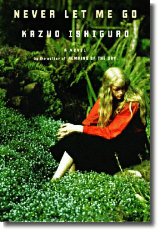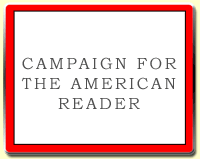 One book on her list:
One book on her list:Interview with the VampireRead about the other vampire stories on the list.
What it's about: Louis is fascinated by the beautiful, angelic Lestat — until Lestat turns Louis into a vampire, and Louis has to come to terms with an eternity of feeding off blood. Louis and Lestat are inseparable companions, until Louis eventually escapes and finds a new companion, Armand.
Why it's romantic: The bond between Louis and Lestat is complex and often ugly — but also quite beautiful. Lestat teaches Louis to take life, but also to realize that existence is meaningless without a reverence for life.
Interview with the Vampire is one of Lynda Resnick's best books.
--Marshal Zeringue




















































